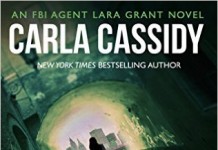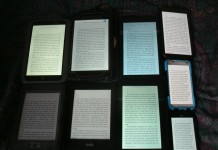 Nate Anderson writes on Ars Technica about English professor Carol Shloss’s successful lawsuit against the estate of author James Joyce over the ability to quote from primary materials in works of Joyce scholarship. She filed suit pre-emptively seeking a declaratory judgment that she had the right to use the quotations, and the estate subsequently settled and the court dismissed the case.
Nate Anderson writes on Ars Technica about English professor Carol Shloss’s successful lawsuit against the estate of author James Joyce over the ability to quote from primary materials in works of Joyce scholarship. She filed suit pre-emptively seeking a declaratory judgment that she had the right to use the quotations, and the estate subsequently settled and the court dismissed the case.
The Joyce estate has a history of such threats, including one made against a choral production that featured 18 words from Joyce’s writing. In this case, Stephen Joyce and the estate simply dismissed Shloss’ arguments about “fair use” and claimed to have complete control over what could and could not be quoted. “When it was explained that that fair use protected Shloss’ right to use the materials in this context, Joyce and the estate dismissed fair use as ‘wishful thinking’,” writes Shloss’ lawyers. “But once confronted with a proper legal dispute that tested the validity of their assertions, Joyce and the Estate abandoned the fight. This revealed that their decades of threats were empty, designed not to articulate defensible principles, but simply to scare and intimidate.”
Now, though Shloss was largely represented pro bono, she is going after legal fees for reasons that boil down to “bullies need to be taught a lesson.”
Whether she obtains those fees or not, Shloss has won a decent victory for the power of fair use. It would have been stronger had a court actually ruled in her favor, of course.
































